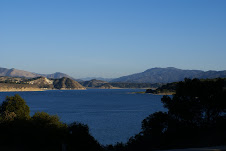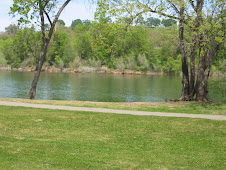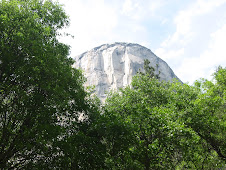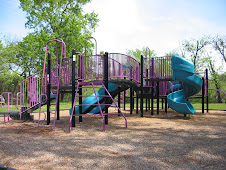State parks provide a safe and fun place for many individuals and families to camp, but they lack the adventure of the backcountry. Taking the leap to camp beyond the boundaries of your state park in park backcountry or on forest service lands should not be taken lightly. The unique challenges of backcountry camping can provide a deeper connection to nature and a personal adventure, but staying safe, staying alive, and protecting the environment require greater knowledge in the backcountry.
Trip Planning Maps, Permits, and the Little DetailsPlanning a trip to your local park can be as easy as following a road map and picking up a map at the park office. In the backcountry, a good map is essential, and sometimes multiple maps are needed.
The maps that you will need are dependant on the type of trip you are taking. For example, there are backcountry regions of several national parks where trails are well marked and well traveled. The parks publish maps and trail descriptions online that are sufficient for short weekend trips during peak season. However, the same trail may not be easily navigated in the winter. USGS topographic maps show the lay of the land and water locations. They're sold at outfitter shops and also online.
Popular backcountry trips, like Appalachian Trail hikes, often have guidebooks that describe each leg of a trail in detail and have specialized maps. Check your local bookstore or search online for a good guide. Also, search the Internet, because many people post descriptions of their trips, which can help you decide if a trip is for you, and can guide you while on the trail.
When camping in a state park, the first step is to register at the park office, and in the backcountry, there is a similar protocol. National parks require hikers to purchase inexpensive backcountry permits. Some wilderness areas, such as the Adirondack Park Wilderness, have additional registries located at certain trailheads. It's important to register properly before beginning a backcountry trip so that you can be found in an emergency.
State parks list rules on park pamphlets and on signs. While "leave no trace" is always rule number one for the backcountry, there can be other regulations for a specific area. These rules can usually be found online, and might include mandatory use of bear canisters, or may ban pets on the trail.
Safety - It's in your handsYou can count on the state park ranger to be prepared for emergencies and to keep campers safe, but backcountry rangers may have hundreds of miles to cover. You need to be prepared for any crisis. Consider getting advanced first aid training in a Wilderness First Aid (WFA) course before heading out into the woods.
Wilderness areas are, well, wild, and they have a range of animal life. While most animals avoid humans, it's important to know what potential problems might be, so that you can plan appropriately.
Additionally, always stay on the trail. Walking off trail damages delicate wild vegetation, and leaving the trail increases your chance of getting lost.
Food, Water, and MoreThe state park is a great place to camp with an ice-filled cooler, but in the backcountry, things are more difficult. A water filter and purification tablets need to be carried into the backcountry. Always pump water from the clearest source possible to avoid clogging the filter. Purification tablets are needed just in case the filter breaks. It is also important to carry enough water to make it to the next spring or stream.
Since you will be carrying your garbage for the entire trip, minimize food packaging whenever possible. While most cooking is done on a camp stove, some areas allow fire building. Keep fires small, and only collect downed wood that can be broken by hand. Use established fire rings, if available.
The showers and toilets of the state campground may seem like pure luxury after weeks in the backcountry. Pack-in-pack-out applies to all things, including toilet paper and other hygiene items. Delicate alpine regions require packing out human waste. Instructions for making your own "poop tube" can be found on the internet, or you can purchase a commercial product for this purpose, like the Phillips Environmental Products Waste Bag Kit, which turns waste into an odorless gel.
Have fun, and remember: proper preparation can make your first backcountry trip a great adventure, leaps and bounds above your favorite state park camping trip.
By Ian Larsen of http://www.cascadegear.com - Read Backpacking and Hiking Gear reviews.
Article Source: http://EzineArticles.com/?expert=Ian_Larsen [http://ezinearticles.com/?Adventuring-Outside-of-State-Parks---Know-the-Difference!&id=1158660 ]http://EzineArticles.com/?Adventuring-Outside-of-State-Parks---Know-the-Difference!&id=1158660
Subscribe to:
Post Comments (Atom)


Not Camping Just Fun!

Frozen Fountain in our old backyard!













No comments:
Post a Comment